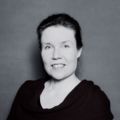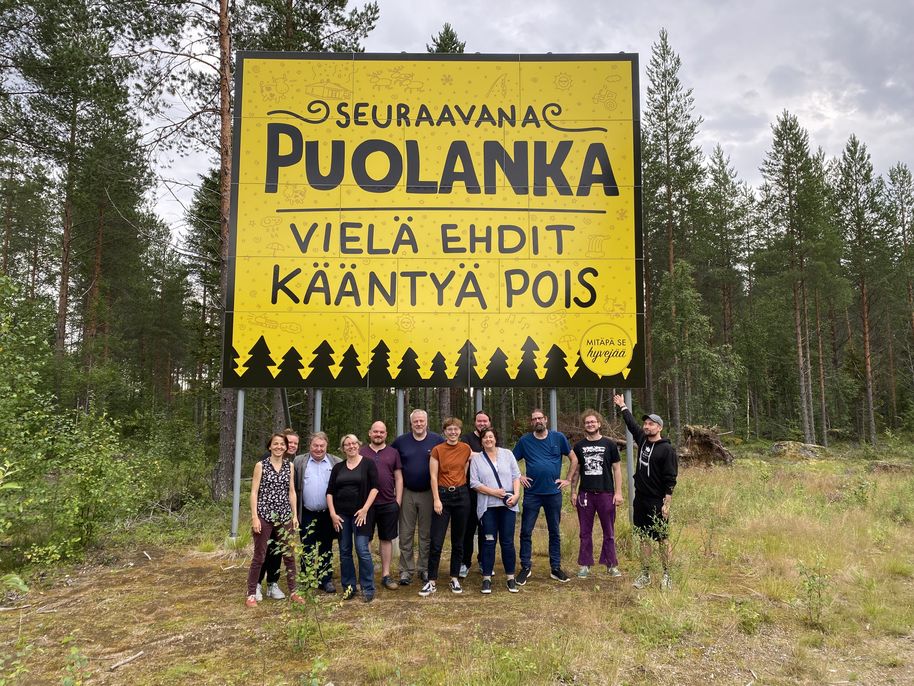CO-CREATION: A GERMAN-FINNISH EXCHANGE
In the framework of the project "Enhancing liveability in small shrinking and peripheral towns"
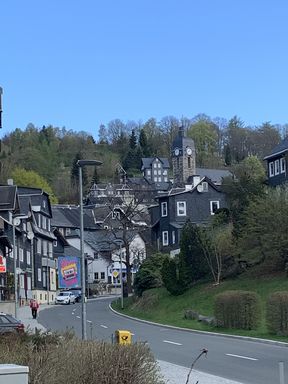
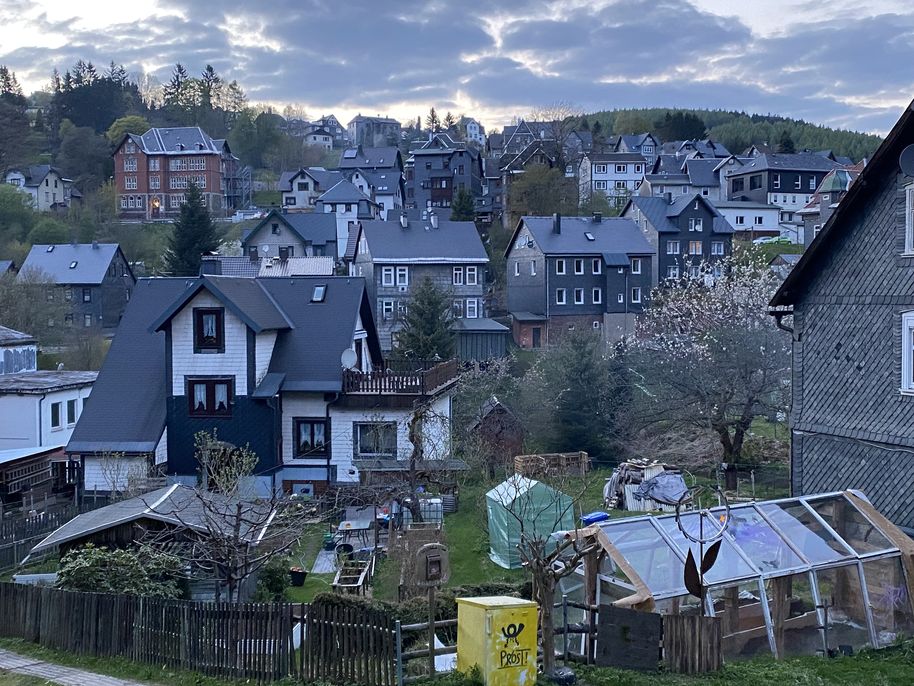
The project
Shrinking cities, towns, and regions have become a worldwide phenomenon with persisting and long-term depopulation as their most distinctive feature. This has become a global challenge as uneven spatial development increases the number of deprived localities everywhere. The problem is most severe for small, peripheral towns in structurally weak regions. These towns and their residents experience abandonment and spatial marginalisation, loss of services and amenities. In the media, such towns are often portrayed rather negatively and stigmatised. The (proclaimed) dependency on external help and resources can lead to communities’ loss of dignity and self-worth. In such representations, the awareness that these towns remain home to people with community bonds, shared values, and place attachment can get lost easily.
The project aimed at dismantling the negative image of shrinking small towns by questioning deficit-oriented external perceptions and exploring approaches to increase the quality of life and self-determination of these places. To achieve that, we analysed practices and conditions of local initiatives and placemaking as well as local, regional, and national strategies for dealing with urban shrinkage.
The project was originally envisioned as a trilateral cooperation between Russian, Finnish, and German partners, led by Maria Gunko, PhD, together with Irina Shirobokova. Due to the ongoing war in Ukraine, our collaboration with the Russian institutional partners has been suspended. The website now presents two case study locations: Lauscha in Germany and Puolanka in Finland. It gives insights into the conduction of the project, the results, and some reflections on the possibilities and limits of local initiatives to enhance the liveability of shrinking cities.
Our methods
The project employed a mixed-method research approach, including participatory and co-creation methods as well as qualitative fieldwork. Through the engagement of local knowledge and activism, the project aimed at contributing to enhancing the dignity of communities by fostering self-determined solutions. In cooperation with local actors, the project facilitates connections between local initiatives and policy-making.
Fieldwork was conducted at the case study locations in Finland and Germany during the years 2021-2022. The focal points were local initiatives and their perspectives and opinions about what contributes to a viable and vibrant municipality. The research methods included interviews, non-participant and participant observation, a future search conference in Lauscha and focus groups in Puolanka with various groups of actors.
Funding
The two-year project was funded by the Academy of Finland and German Aerospace Center in the framework of the ERA.NET Plus program. It was implemented by an international consortium consisting of research teams in Finland and Germany.



THE CASE STUDIES
Lauscha and Puolanka from a comparative perspective
The population of Puolanka was 2.524 inhabitants in 2020 (5337 inhabitants in 1980) and the density is very low, about 0.99 inhabitants per square kilometre. The population is ageing, and the proportion of people over 64 years is 37,4%. Despite shrinking, the municipality is investing in sustainable tourism projects and developing existing infrastructure for local businesses and inhabitants. There are a lot of vacant lands and properties available at the location. Puolanka is situated in the middle of Finland and has rather weak connections to the public transport system. The town sarcastically brands itself in the media as the “most pessimistic town” in the world. It develops pessimism as a place brand by hosting a pessimism festival, a pessimism musical and an online shop with pessimistic merchandise. Puolanka is also a popular place for summer residences, so its population doubles in summer. Compared to Lauscha, Puolanka has fewer historical heritage objects. While Lauscha is known worldwide for its glass Christmas decoration, Poulanka has hardly been known outside Finland until recently. It is now gaining strong media attention and developing an identity and a place brand based on playful pessimism. Tourists in the area mostly come to the nearby Paljakka resort, not to the town itself.
Lauscha had approximately 3.145 inhabitants in 2021, losing about one-third of its residents over the course of the post-socialist transition (at its peak 5500 inhabitants). It is a small town in a peripheral location in the mountainous region of the state of Thuringia. Lauscha is famous for its glass fine arts manufacturing and industries, which were its main specialisation for centuries and made Lauscha famous internationally for the production of Christmas decorations. Due to globalising markets, the glass industry and craftsmanship have struggled with competitiveness and today have shrunken in numbers of family businesses still engaged with the heritage craft. The town is, thus, struggling to sustain its population and identity. In 2021, Christmas glass decoration from Lauscha was announced as part of the UNESCO world Immaterial Heritage list. There is low-scale one-day tourism to Lauscha for craft glass production, and it also has a reputation as a winter sports venue.
Local initiatives in Lauscha and Puolanka
In both places, there are many volunteer groups and associations, in which people cooperate for voluntary services, community life, arts or music projects. The conditions of their work, however, vary greatly with the Finnish state providing significantly more financial support for rural municipalities to maintain social services and public infrastructure than in Germany. Also, experience in fundraising differs. While both countries are so called “giving countries”, that is they contribute to the overall EU budget, to access EU funding is easier in the Finish case with more professional support available due to better municipal budgets. Some of the volunteer activities in Lauscha have therefore developed in response to a shortage. People work together to make their place more livable and to maintain their standard of living. However, both in Lauscha and in Puolanka, the aging of the population leads to a lack of new members in the associations and initiatives and thus endangers the existing activities and orders.
Such structural conditions influence how local initiatives can operate under conditions of shrinkage in different contexts. In Puolanka, there are several examples of local initiatives that were institutionalized at a later stage and received support from the municipality or EU funding, whereas in Lauscha we found local initiatives taking over formerly public services like the operation of the local swimming pool or the ski jump, often involving private risks.
In Lauscha, the local identity is mainly based on a strong sense of community and belonging, the historical heritage of glass production and the beautiful mountain landscape with its traditional slate architecture. In the course of the project, we spoke with some of the most active players in the city's vibrant association life: The history society preserves the past, while the tourism association markets the present (e.g. organizing the annual 'Mellichstöckdooch'). The cultural collective Goetheschule e.V. contributes not only by saving a defining landmark building, but more importantly by revitalizing and promoting art and culture. They host local concerts as does Gollo Musik e.V., another local association for music and cultural events. Furthermore, the carnival, funfair and voluntary fire brigade association contribute to intergenerational cohesion and community life Lauscha.
In Puolanka there is a wide range of local initiatives, organizations and associations, doing valuable work for the residents. There are a variety of sports initiatives, village associations, hunting associations, church activities, pensioners clubs and cultural events are vital for keeping a town liveable and attractive. A handicraft initiative is preserving and passing on the traditional handicraft skills is not only meant to serve the active group members in enhancing their well-being but has a wider impact on keeping the cultural heritage alive. Some of the items have been innovatively refashioned to meet the needs of the ‘modern consumer’. Keeping the initiative of legacy of Isa Asp, a young, female poet, alive, is a distinctive example, of how personal engagement and enthusiasm can lead to preserving an old heritage house and bring a memorial to a place. The pessimism activity was started as part of the ePuolanka project, which undertook to create a brand for the town out of the pessimism movement and a more unified advertising strategy to boost local tourism. The ‘pessimism’ idea was developed further into a business by creating a cultural event (summer musical) and a range of merchandise, including shirts, posters, postcards, cups, and sweets around the topic of pessimism.
The municipality of Puolanka offers a surprisingly wide range of services, such as basic health care, an elderly home, day-care, a primary and upper-secondary school as well as an active ‘adult education centre’ (kansalaisopisto) with a variety of courses. Also provided are, possibilities for many sports and outdoor activities with skiing and trekking trails, outdoor exercise stairs, a sports field and a skating rink, which was recently covered. Local attractions include Paljakka, a tourism centre with holiday villas, a hotel, trekking routes, biking trails, cross-country tracks and downhill skiing slopes, and Hepoköngäs, a scenic waterfall. Cultural activities offered in Puolanka are diverse considering the size of the town: a museum of local history, an art house, a cinema project, two summer theaters offering annual shows, a summer café in the “Pessimist house” and an annual heavy metal festival ‘Lankafest’.
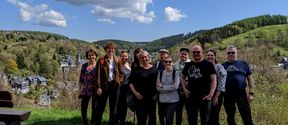
In the framework of the project "Enhancing liveability in small shrinking and peripheral towns"
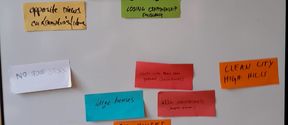
Main findings, recommendations and reflections





